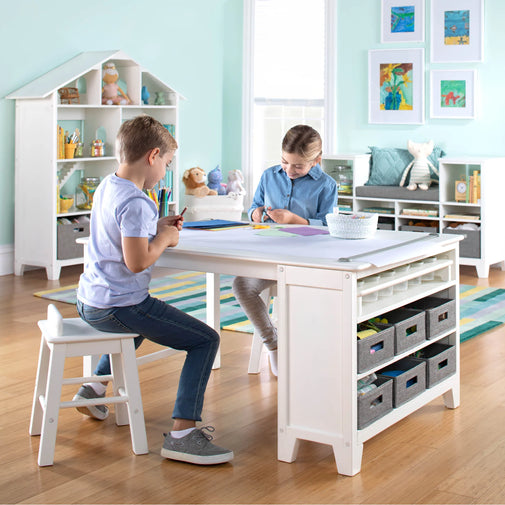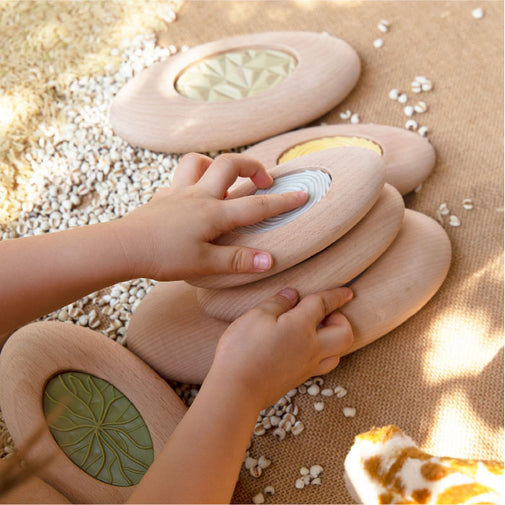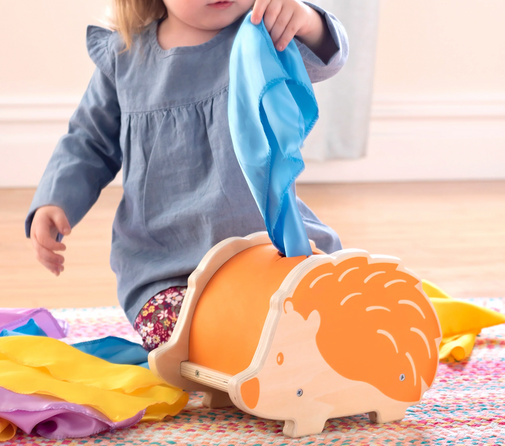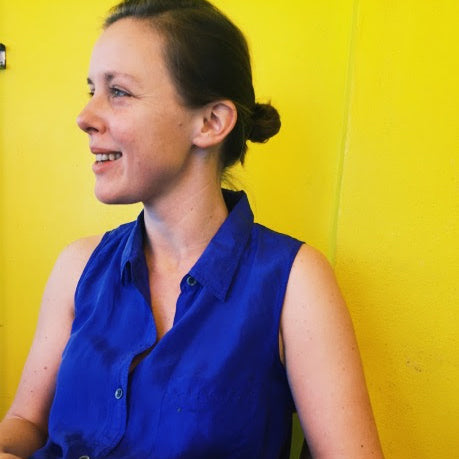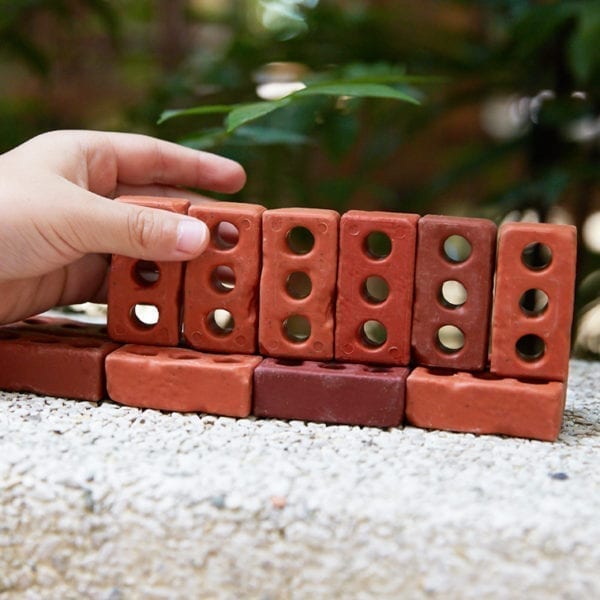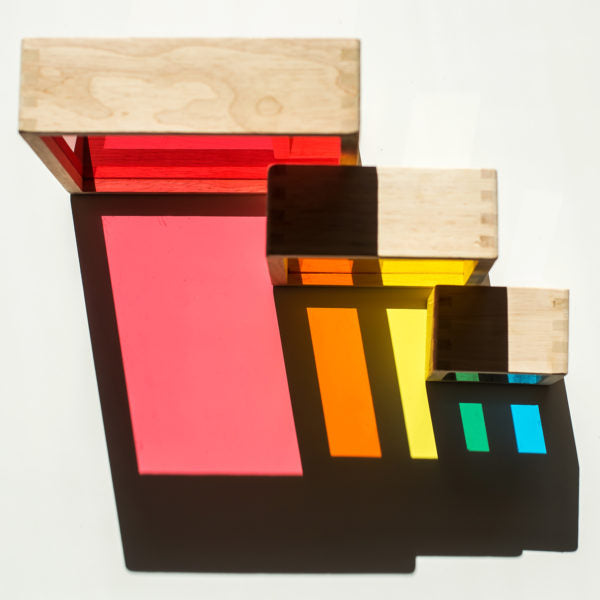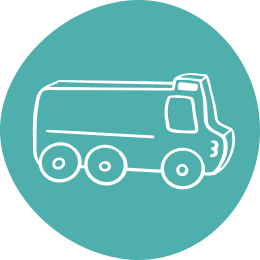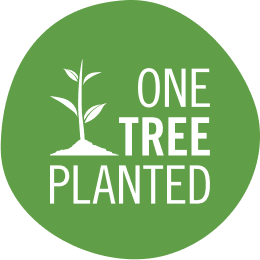Enhance Block Play at Home with Three-Dimensional Lines and Shapes

“A simple geometric shape could become any number of things to a child. It could be a truck or a boat or the car of a train. He could build buildings with it, from barns to skyscrapers. I could see the children of my as yet unborn school constructing a complete community with blocks.” –Caroline Pratt*

Unit blocks have been around for 100 years. You’ll be hard pressed to find other toys, besides things in the natural world, that are as timeless as the unit block. Multiple generations have used unit blocks to represent their thinking and represent their ideas in classrooms, but they are an easy and ideal material to play with at home, too.
I played around with unit blocks this week, taking out a selection of random blocks and seeing the different ways they make shapes with small alterations: What are they like with the wide side on the ground? The narrow side? Touching each other? Creating a perimeter? I could have gone on for hours, making only small tweaks. There was no product, only the process of ongoing exploration.
I was reminded of a classroom project from years ago, when I was teaching 3-5 year olds. I observed that one boy, Max, was making the same block structure over and over again, every day. It was a simple enough design: two unit blocks standing tall, wide sides facing each other; those were topped by another unit block spanning the space between the two. This was built over and over vertically, creating a ladder-like structure. Other kids began making the building, too, and as teachers, we tried to find ways to deepen this exploration. Blocks are exciting on their own, but deeper connections can result from a few simple suggestions.
Inspired by my own class of curious block builders, and my own explorations this week, here are some ways you might enhance block experiments at home:

Observational Drawing:
Kids of all ages can draw what they see. There is no wrong way. Even young children will represent the lines and shapes that they see in their own way. I like to offer a piece of paper on a clipboard with a fine tip black marker. This helps kids focus on those lines and shapes rather than coloring shapes in. We would sometimes revisit our black line drawings with crayon or watercolor later.

Digital and Instant Photography:
Simple cameras are powerful tools in children’s hands. The photos kids take give us a little glimpse into their perspective, too. We might presume to know what is important, but the images they capture show the evidence. They will show us their favorite materials, people, and spaces. Simple digital cameras work great, and so do instant cameras.

Signs and Symbols:
As children use blocks to explore and create representations, access to scrap paper and block-friendly tape offers the opportunity to send messages. From simple exploratory mark-making to drawings, to inventive spelling, adding signs to blocks is a natural way for children to make a personal connection with literacy. They might need to convey that they are not finished with a “Do Not Touch” sign, or protect the area from clean up with a “Do Not Come In” sign. Kids who are starting to explore mark-making are motivated to write their own messages, empowered to share a message on paper. These notes can become part of the temporary structure, and the temporary landscape.
Sharing Documentation:
Adults can take photos, too, and share them with kids to help them build on their thinking and explorations. Showing a child a photo of something they worked hard on before can help them jump back in and repeat like Max’s building, and it might inspire them to pick up where they left off, adding another layer to their work with additional materials. This is especially helpful when living and playing in a space where work can’t stay up and needs to start from scratch each day. A few seconds of looking at a photograph or video of the child’s work on your phone together can muster up a bit of inspiration to jump back in.

The bottom line, as always, is that the process of playing with these open-ended materials is where the value lies. There is nothing quite like blocks for truly child-centered exploration of how three-dimensional lines and shapes can represent ideas.
* Caroline Pratt, I Learn From Children, 1948, p. 28.



